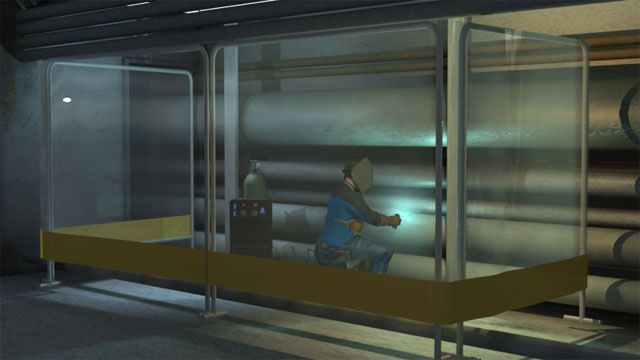Maintenance Safety – Global
Industrial facilities rely heavily on complex equipment. To run efficiently and effectively, the equipment needs regular maintenance. However, performing maintenance can introduce many safety hazards. This course addresses best practices for safely maintaining and repairing equipment.









Demos + Pricing
Learn more about our courses, get pricing, and see our platform.
Course Details
Learning Objectives
By the end of this course, you will be able to:
- Define “maintenance” and identify examples of equipment maintenance in a production facility
- Identify and describe typical hazards presented to maintenance workers
- Identify and describe general maintenance guidelines for workers
- Identify three different methods to ensure the immobilization of equipment
- Describe maintenance guidelines for vehicles
- Discuss safety guidelines for using hand tools, power tools, and hydraulic jacks
- Describe safety guidelines for using cutting torches and welding
- Discuss guidelines for conveyor safety, line-breaking safety, and good housekeeping practices
Specs
Frequently Asked Questions
What is equipment maintenance?
What are some general maintenance guidelines for workers to follow?
What method should be used when transporting tools around the workplace?
How can workers reduce the risk of injury when maintaining vehicles?
What are the risks created from maintenance with welding operations?
Sample Video Transcript
Employees can be seriously injured and killed by hazardous machine movement during routine maintenance or repairs. The majority of these injuries can be prevented by immobilizing equipment and machinery using the following methods. Lockout/tagout, this method disconnects equipment from power sources, physically locks power switches or breakers in the off position and identifies the person responsible for the lock, indicates the date and describes the work being done. Blocking, this physically immobilizes equipment parts with pins, locks, and blocks. And managing keys, this limits access to ignition and start keys while repair and maintenance is taking place.
Additional Resources
- U.S. Department of Labor’s Occupational Safety & Health Administration (OSHA) – www.osha.gov
- European Agency for Safety and Health at Work – https://osha.europa.eu/en/topics/maintenance/index_html
- NonProfitRisk.org – https://nonprofitrisk.org/tools/workplace-safety/nonprofit/c4/maintenance.htm
- FAA – Resources for Mechanics – http://www.faasafety.gov/gslac/onlineresources.aspx?categoryId=96&masterId=2&n=amt













